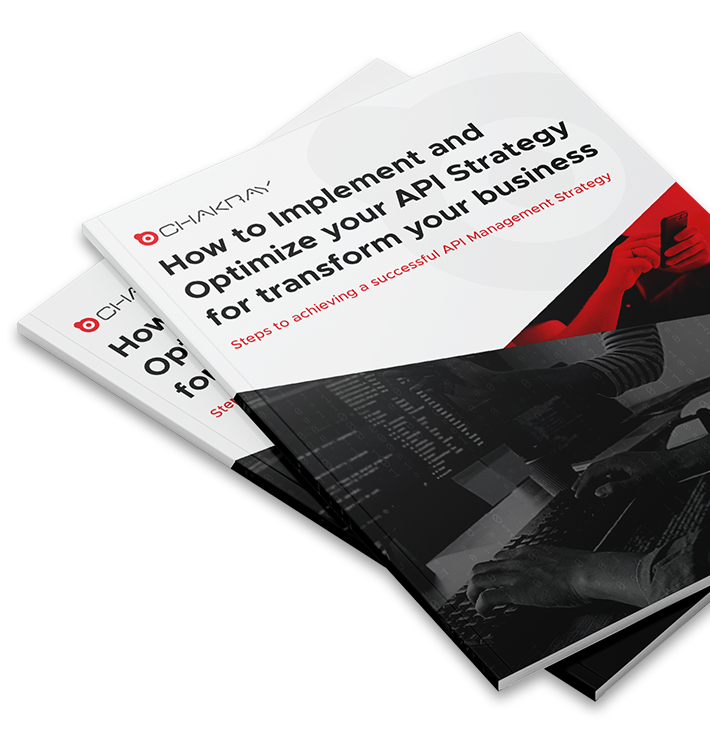In this article we will talk about how to identify your institution’s API maturity level as well its API needs. Let’s dive in then!
API Maturity level
The first step in making APIs do a better job of serving your business goals is to identify your institution’s API maturity level. This is not a formal scale, though some analysts offer such models. Rather, it’s wise to map your current API state to one of these essential states of maturity we will talk about in the next section.
Phase 1: No/few APIs with little-to-no coordinated API management
An organization that has developed a number of APIs for specific purposes, but without much thought to managing the API lifecycle, security, and so forth.
Phase 2: Some APIs, mostly internal facing, with limited API management
APIs are part of the institution’s architecture, but they are mostly based on the one-off, app-to- app n“contract” model. The APIs do not connect to entities outside of the organization. There is little or no organized management of the APIs or their API lifecycle.
Phase 3: Centrally managed APIs
The organization has an API management solution in place. APIs are controlled and monitored throughout their lifecycle, with version management, access controls, usage throttling, and more. API reuse occurs, but it is primarily between internal business units of the organization.
Phase 4: Mature API management
The organization has complete knowledge of the state of all of its APIs. API owners can define and enforce a wide range of usage and security policies to their APIs. The organization publishes APIs for secure use by external entities. Developers have the tools they need to build dynamic, customer-centric applications that call on APIs both inside and outside the organization.
From the perspective of API maturity, your starting point should be your current level. Your goal should be to reach the next level. You can also jump levels. Even if you are at level 1, where your competitive environment demands it, you can move directly to level 3 or even level 4 with the right tooling and organizational changes.
– This article may be of your interest “How to choose the best tool and vendor for you API strategy”-
Full Lifecycle API Management
In this section we will talk about the multiple processes and capabilities that are involved in the full lifecycle API management.
Managing APIs across their full lifecycle involves multiple processes and capabilities:
- Creating and publishing APIs: Enabling API owners to create and publish APIs for API consumers to discover.
- Facilitating API consumers: Allowing API consumers, mostly developers seeking to integrate APIs.
- Access control and rate limiting: Establishing who (and what) is allowed to access APIs, perhaps integrating with identity management solutions. And, the institution can control how many times an API consumer can use an API in a given period of time.
- Managing the lifecycle of the APIs: Tracking the API from its design stage through development, deployment to production, and retirement—also handling version control.
- API analytics: Providing a way to monitor and measure API performance and usage.
Identifying Your API Needs and Business Opportunities
In this section we will talk about how to identify the needs of your APIs and business opportunities.
The maturity model is general. It speaks to your overall approach to APIs. To find an effective starting point for API modernization, you will also have to figure out your specific API needs and understand how they relate to business opportunities. The challenge here is to be generic enough to devise a workable strategy for the entire business, but specific enough to be meaningful.
For example, you might determine that you need your APIs to be capable of external-facing interactions with other entities. This might mean integrating your back-end business systems with an insurance company or airline rewards point system. With those sorts of use cases in mind, you can start to figure out how your APIs and your API management will need to change to be successful. Your starting point is “Make our APIs work externally, for the purpose of building partnerships with other businesses that will enable us to add more value to the customer.”
In this case, you are looking at using APIs to build a business platform. The starting point is a place where you create these capabilities, most likely incorporating tools that let your developers build applications that consume multiple APIs inside and outside the company. Your starting point here might be something along the lines of “Make our APIs the basis for a completely new line of business.”
Do you need help with your API strategy? If you need a hand identifying the API needs of your business, do not hesitate to contact us today!








